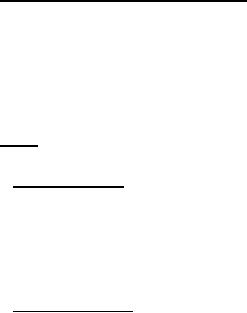 |
|||
|
|
|||
| ||||||||||
|
|  MIL-R-52453C(ME)
4.3.2 Initial production roller inspection. When specified (see 6.2), one or more rollers will
be selected at random by the Government from the rollers being produced and will be examined
as specified in 4.4 and tested as specified in 4.3.3.1 through 4.3.3.9 to determine conformance to
the requirements of this specification. Acceptance of an initial production roller shall not
exclude the remaining roller from the quality conformance inspection and acceptance provisions
specified in Section 4.
4.3.3 Tests.
4.3.3.1 Test conditions. Unless otherwise specified in a test, tests shall be performed
without shelter and at the climatic conditions existing at the place of test. The roller shall operate
as specified herein without maintenance other than the contractor's recommended normal
scheduled maintenance as established by a maintenance schedule prepared and submitted by the
contractor prior to test.
4.3.3.2 Compaction rate. The fill material shall correspond to Group GP or GW of the
Unified Soil Classification System conforming to SAE J106. The compacted fill strip shall be
rectangular, and not less than 24 feet wide. The fill may be placed prior to the start of
compaction operation or during compactions. Before testing is started, soil's moisture content is
to be determined and a test strip of the material is to be rolled. Hauling equipment shall not be
run over spreaded uncompacted fill material before or after dumping the material. Spreading of
fill material shall be done with a grader. Spreading runs shall be only that necessary to reach the
estimated uncompacted fill lift. Water distribution equipment may be used as required. The
material to be compacted shall be of sufficient thickness to give a compacted lift of at least
6 inches. The laboratory density of the soil to be compacted shall be determined in accordance
with ASTM D1557, method optional. The Government reserves the right to witness any
laboratory testing. When the contractor feels that compaction of 400 compacted cubic yards of
fill to a density of 95 percent Modified AASHO has been accomplished, he may stop compaction
operations. Time used in density testing shall not be counted as compaction time. Two density
samples shall be taken at each 25 foot station. The first sample shall be taken 7 feet left of the
centerline, and the second sample 9 feet right of the centerline. This pattern shall be repeated for
the length of the fill. In addition, another 3 samples shall be taken at random locations every
30 feet. Volume of compacted soil shall be determined as follows:
a. Stake out the fill in 25 foot stations.
b. With a surveyor's level and rod, determine the elevations of the left edge, right edge, and
centerline at each station before placing the fill and again after compaction. Determine
the compacted lift thickness.
c. Determine the compacted width at each station.
d. Compute the volume using the average end area method.
A compaction rate of less than 270 compacted cubic yards per hour and failure to achieve a
compacted lift thickness of at least 6 inches shall constitute failure of this test. Density testing
13
|
|
Privacy Statement - Press Release - Copyright Information. - Contact Us |